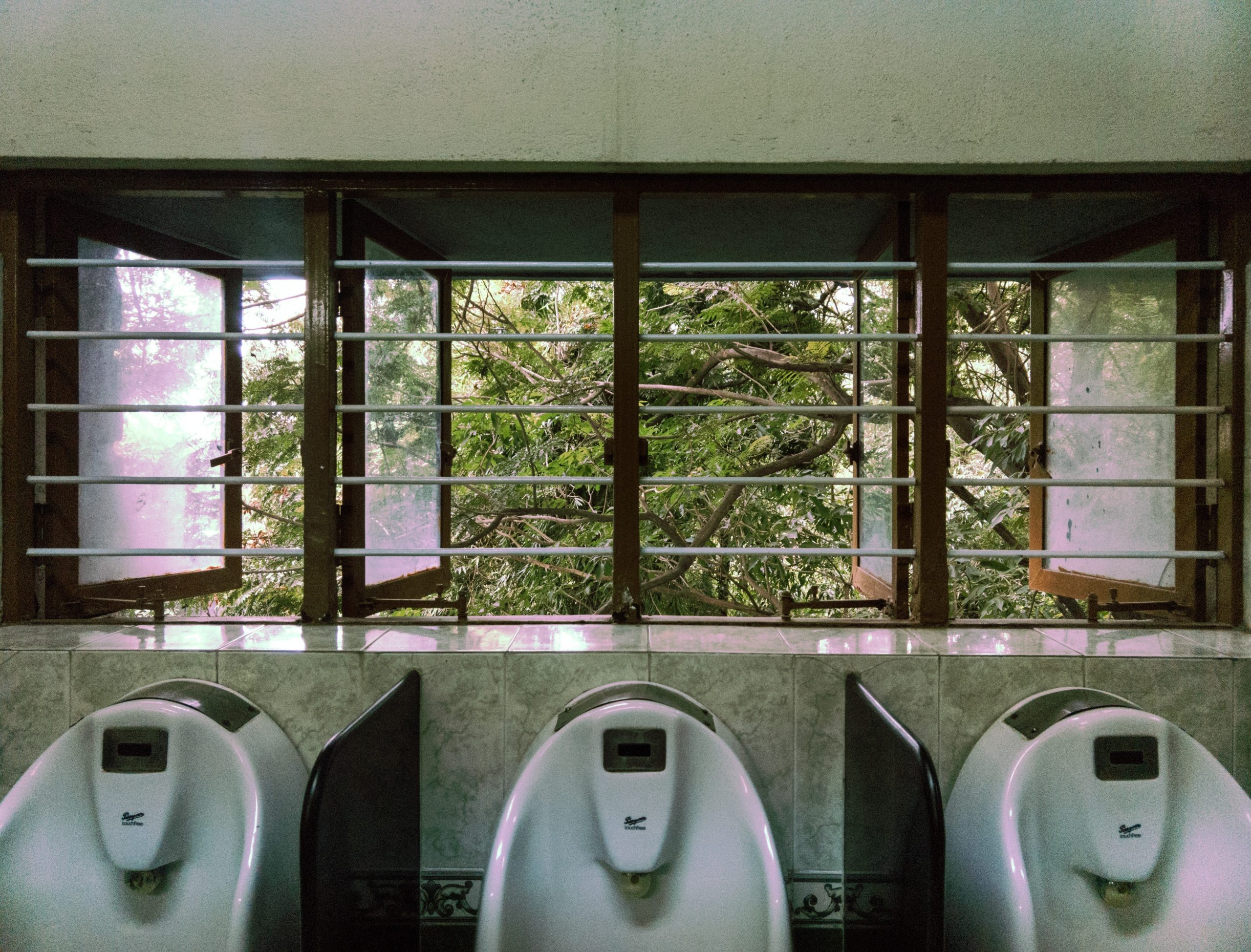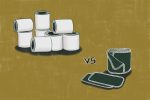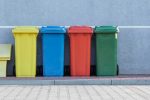Pee-cycling. Not recycling, although if you are really into recycling you might have heard of it.
With good background knowledge, peecycling, the use of urine for crop fertilizer, seems simple and a no brainer. Without it, most people would have the same reaction to it as my girlfriend: “Ewwww, why?” There’s a lot of stigma around the idea, but under scientific scrutiny it has stood up as useful to society. The main problem is implementation.
Right now most fertilizer is supported by mining phosphate and synthetic nitrate, key ingredients that are both finite resources in solid form. U.S. production of phosphorus peaked in the ’80s, but there are reserves across the globe that remain to be discovered. Currently, two thirds of the world’s phosphorus are found in Morocco, China and the Western Sahara collectively.
While some estimate that the world will hit peak production sometime within several decades, others (especially proponents of fertilizer companies) claim it’s at least a few centuries away. This article cleverly suggests people are hyping up the idea there’s a shortage to boost market prices. Uncertainty looms around the question of how long mining will be able to support the global food supply, so it’s unclear whether peecycling is necessary yet.
That being said, one thing everyone can agree on is that synthetic fertilizer supports a linear model of waste and nutrients. The runoff from fertilizers is left to contaminate the oceans and waterways, never to be recovered again. It’s not like its components can be un-mined.
Those fertilizers also assume the role our urine could play. Instead of the components in urine being redirected into the land and reducing the runoff of synthetic fertilizer by replacing its role, they each follow the same path of disposal. The planet’s waterways receive large amounts of phosphorus and nitrate contained in fertilizer as well as the high levels of phosphorus and nitrate contained in our liquid gold.
Both elements are needed to support plant growth on land but also have the same effect underwater, causing imbalance in ecosystems. When deposits of phosphate and nitrate build up, they cause algae blooms, rapid growths of algae which leave fish unable to compete for oxygen.
As the fish die, the food webs they support crumble, leaving behind an ecosystem of solely algae. They can be massive and toxic. In 2017 one of the largest blooms ever was recorded covering Lake Erie, threatening the safety of Toledo and Ontario’s drinking water.
Kim Nace, the founder of the U.S.’s mecca of peecycling, said: “When there were only a billion people on the planet, our waterways were absorbing and handling it. But with seven billion and this projected nine billion people here, there’s not a chance.”
Her brainchild is the Rich Earth Institute in Guilford, Vermont. Their vision: “A world with clean water and fertile soil achieved by reclaiming the nutrients from our bodies as elements in a life sustaining cycle”.
This may sound complex, but the institute is pretty simple in reality — most of their work is collecting urine donations from locals, pasteurizing it and distributing the product to local farms who use the fertilizer.
Donors either collect urine in containers to be dropped off at the Urine Depot building in Guilford, or they sign up online to have a urine-separating toilet and storage tank installed in their home. When tanks are full, Nace and her co-founder Abraham Noe-Hays pump out the donations into a larger container fixed on their truck and transport the urine to the institute to be processed.
In the U.S., Vermont’s tree huggers are outliers. But surprisingly, pee-cycling is not so obscure in other parts of the world. Sweden has had over 100,000 urine-diverting toilets installed in people’s homes in the last decade. China and Germany have also experimented with the idea.
That anyone has tried it illustrates some of pee-cycling’s potential, but the results so far have made problems of implementation ever more daunting. There has been little press on Rich Earth Institute in the past two years. Sweden’s attempt is at a standstill in terms of progress as well — the urine fertilizer performed well but the pipes transporting it out of people’s homes encountered significant clogging issues.
Many were unfamiliar with using the toilets (men had to sit to use) and maintenance of the infrastructure supporting them was a new challenge for cities as well. Currently the company supplying the toilets has stopped producing them altogether.
The obstacles are many, but the most immediate one is obvious. Researchers are yet to find a reliable way to filter out pharmaceuticals from urine. Rich Earth Institute’s experiments have been consistent, yielding results comparable to chemical fertilizers, but they have only been able to accept pharmaceutical-free donors, which means their project can’t go national.
When urine is simply being flushed into waterways through the sewage system, of course it’s not filtered. Traces of pharmaceuticals still impact the ecosystem through contact with wildlife, but for the most part the problem can be ignored.
Necessarily, proponents of peecycling can’t afford the same ignorance. Using urine for fertilizer requires nitrate and phosphorus be filtered out exclusively. Pharmaceuticals ideally are then disposed of in a more responsible way than dumping and the valuable elements in urine are put to good use.
Doctoral students at University of Michigan and University of Buffalo are currently working on that solution and other developments. As partners with Rich Earth Institute, they have been testing storage methods, processing pellet form urine fertilizer called struvite and searching for ways to filter out pharmaceuticals so that eventually all citizens can peecycle.
Unfortunately, even once their work is complete, more deeply rooted barriers stand in the way.
The law and stigma against peecycling go hand in hand. For piping that separates urine to be approved and incorporated into sewage systems, it has to be recognized by legislation as more than pure waste. It’s easy to see why people have negative associations with urine — our cities treat it just like any other waste, even though we all know it’s much richer in nutrients than our No. 2 product.
The doom of pee-cycling likely will not come from an inability to separate pharmaceuticals or produce struvite that looks more like regular fertilizer. Those issues are pressing but workable. The real challenge to implementation is tackling public opinion. Even Guilford, the town Rich Earth Institute is based out of, has yet to change its sanitation laws.
I’m not even sure I’m comfortable with the idea entirely, but at least it has solid reasoning behind it. Maybe marketing can help. Maybe when it’s obvious that there is a shortage of phosphate being mined, or that algae blooms nearly took over one of the Great Lakes, people will see the value of using our own personal sources for fertilizer. It might never happen. I can’t say if or when peecycling will take off, but if anything, this gross topic is good food for thought.

















